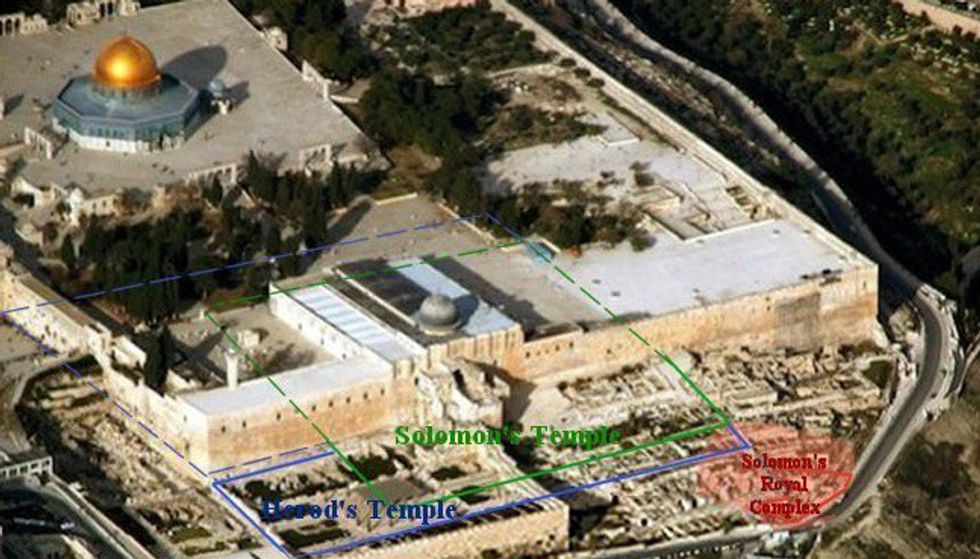With all the unrest in the Middle East, archaeologists are still working hard to bridge the gap between the modern world and the ancient. For centuries there have been many Biblical stories that have been written off as myth. One of these stories, in particular, is that of King Solomon. For years, archaeologists and historians alike have been searching for both Solomon's Temple and its treasures. In 2010, Archaeologist Eilat Mazar, while leading a dig for the Hebrew University of Jerusalem, unearthed a defensive wall dating back to the 10th-century B.C.E., the time of Solomon's reign according to the Bible.
The wall is 230 feet (70 meters) long and about 20 feet (6 meters) high. It runs along the original edge of Jerusalem between the Temple Mount, and the ancient city of David now called Silwan. The wall includes a defensive complex that holds a gatehouse, an adjacent building and a guard house that has been partially excavated. This wall helps to confirm a Bible passage in the First Book of Kings that says Solomon, King of Israel built a defensive wall in Jerusalem. The dating of this structure fits in directly with the Bible's timeline of Solomon's reign.
Is this all the proof needed to consider these Bible stories real? Some say yes, some say no. The Middle East is wrought with unrest and that includes Jerusalem. Muslims, Jews, and Christians alike have been vying for this piece of real estate for centuries. Getting permission to further these archaeological digs is becoming harder and harder as political and religious factions restrict access to these important sites. On April 15, 2016, UNESCO (United Nations Educational, Scientific and Cultural Organization) passed a resolution (voted in by France, Spain, Sweden, Russia, and Slovenia and submitted by Algeria, Egypt, Lebanon, Morocco, Oman, Qatar and Sudan) that refers to the Temple Mount by its Arabic name Al-Haram Al-Sharif. On October 14, 2016, the same countries passed a resolution denying the Temple Mount has any Jewish heritage. This new resolution will definitely have a negative effect on the unearthing of more of these wonderful artifacts, keeping these facts in the dark until further notice.
Moving forward, there is no guarantee that these discoveries will lead to further answers. Archaeologists and historians due diligence may not be enough to break these political and religious chains. The fact that these truths are so close to being realized is probably the most frustrating. All that can be done now is to have patience, and continue to work to bridge the gap between the modern and the ancient worlds in an attempt to understand the ways of our ancestors. Hopefully, in the near future, there will be further Light shed on this already illuminating subject.





















 sunrise
StableDiffusion
sunrise
StableDiffusion
 bonfire friends
StableDiffusion
bonfire friends
StableDiffusion
 sadness
StableDiffusion
sadness
StableDiffusion

 purple skies
StableDiffusion
purple skies
StableDiffusion

 true love
StableDiffusion
true love
StableDiffusion
 My Cheerleader
StableDiffusion
My Cheerleader
StableDiffusion
 womans transformation to happiness and love
StableDiffusion
womans transformation to happiness and love
StableDiffusion
 future life together of adventures
StableDiffusion
future life together of adventures
StableDiffusion





















